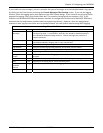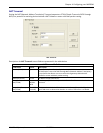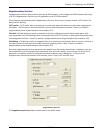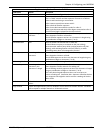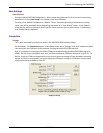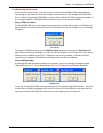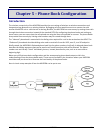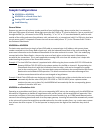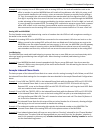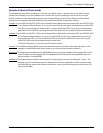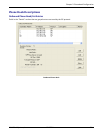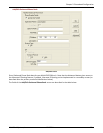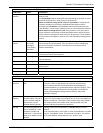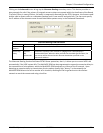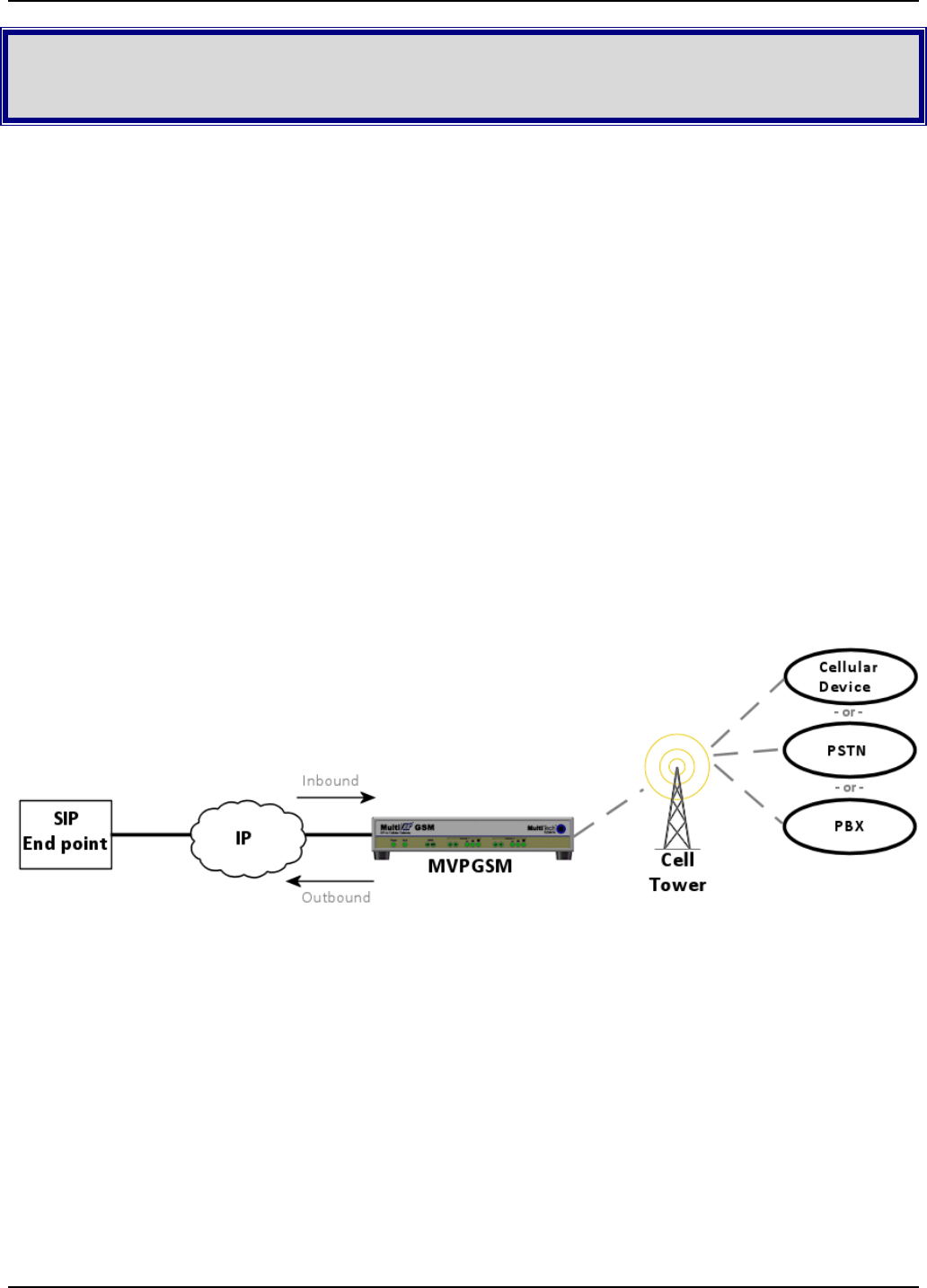
Multi-Tech Systems, Inc. MVPGSM 52
Chapter 5 – Phone Book Configuration
Introduction
The wireless connectivity of the MVPGSM provides the cost-savings of wireless-to-wireless connections and
inexpensive long distance to an existing location. By flagging calls that would connect to a remote site with
another MultiVOIP unit or calls that are to be long distance, the MVP GSM can save money by routing those calls
through the wireless connection instead of the standard PSTN. By configuring the phone books and setting up
these routes, you can ensure that the calls placed are using the least cost possible to connect. The phone books
also provide some security by limiting what numbers may be routed through them.
The “Inbound” phonebook is created with the dialing rules required for a call to be received on that VOIP. The
“Outbound” phonebook describes dialing rules used to send calls from this VOIP, over IP, to a SIP end point.
Briefly stated, the MVPGSM’s Outbound phone book lists the phone numbers it will call; its Inbound phone book
describes the dialing sequences that can be used to call in and how those calls will be directed. The phone
numbers are not literally “listed” individually, but are, instead, described by rule, such as an area code or
beginning digit.
Below you will find some basic configurations and the accompanying phone book setups to aid in the
understanding of how the phone books work. These are not necessarily the situations where your MVPGSM
would be used, but do serve to illustrate the functionality of the phone books.
Here is a basic setup example of how the MVPGSM can be put to use:





